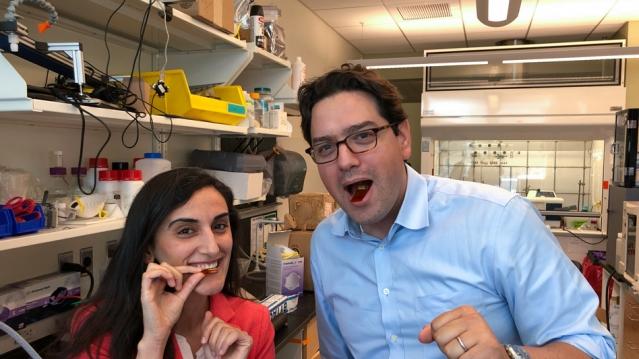gastrointestinal
Latest

Edible sensor can measure your gut from within
Studying the stomach for a long period can be tricky, which is why medical tech has turned to experimenting with sensors you can swallow. Researchers at MIT and Brigham and Women's Hospital have built one designed to cling to the walls of the gastrointestinal tract and monitor its contractions to track afflictions.

Scientists confirm a 'new' human organ
For centuries, the mesentery (which links the intestine to the abdomen) has been treated as a group of distinct structures in your digestive system. It wasn't anything special. However, the medical world now has to rethink that belief. Scientists recently determined that the mesentery is really one, cohesive entity -- that's right, they confirmed the existence of a 'new' organ. Researchers first discovered the continuous nature of the mesentery through microscopic examinations in 2012, but the past few years have shown that it has enough function to be considered an organ.

Scientists successfully implant self-destructing nanobots into live mice
We've seen nanobots do some neat stuff so far (aquatic dance routines immediately come to mind), but them administering drugs inside a living organism's been the stuff of scientists' dreams. Researchers at the University of California San Diego, however, recently made it a reality by successfully administering acid-powered, zinc-based, self-destructing micromotors inside living mice. The ultra-tiny 'bots measured in at 20 micrometers long, roughly a human hair's width, and are tough enough to survive the harsh gastrointestinal environment autonomously. What's more, they destroy themselves without leaving any traces of harmful chemicals behind and being self-propelled apparently was a factor in "greatly improved" tissue penetration and drug retention. As the BBC points out, this would make them great for treating maladies like peptic ulcers and other stomach disorders.


